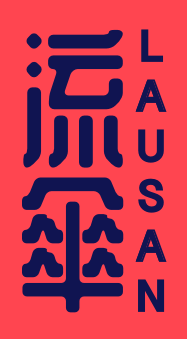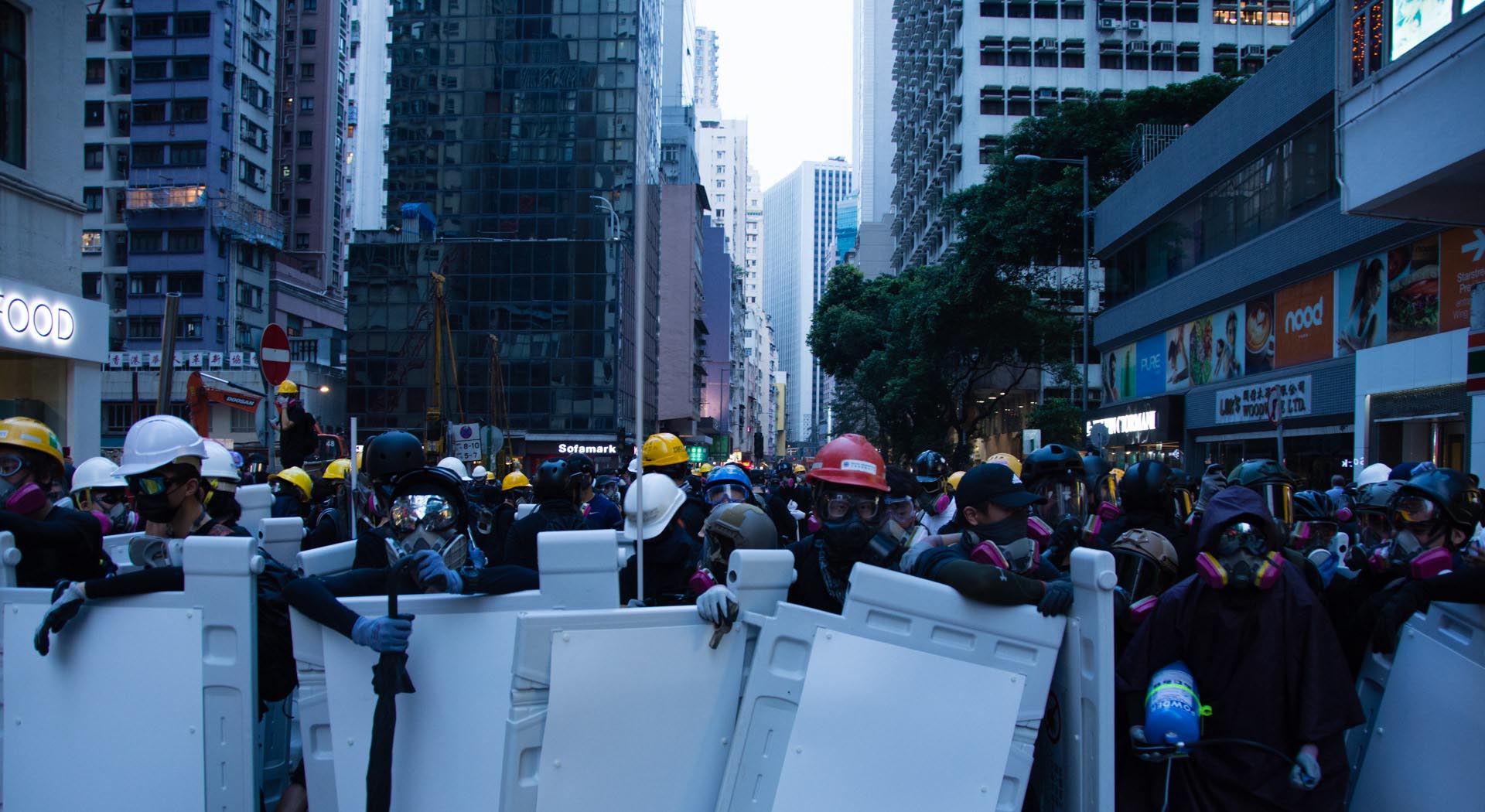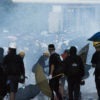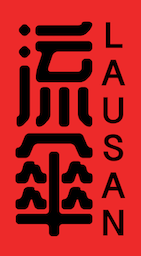Originally published on The Abusable Past. Republished with permission.
On June 9, 2019, approximately one million people marched toward the Hong Kong Legislative Council (LegCo) to protest the second reading of a controversial extradition bill between Hong Kong and the People’s Republic of China (PRC). Despite the intensification of the protests that saw 2 million take to the streets on June 17 in response to the police crackdown on an earlier protest, the government continued to stonewall and refused to formally withdraw the bill. Henceforth, the movement has gone on to reach multiple points of no return. From the storming of the Legislative Council by frontline protesters on July 1 to the attack on protesters and civilians by squads of armed triads in Yuen Long three weeks later, the opposition against the bill has expanded into a series of interlocking demands for democracy and freedom from authoritarian repression.
Although the extradition bill was the initial focal point of the protests, Chief Executive Carrie Lam’s long overdue withdrawal of the bill on September 4 in fact seemed to galvanize protesters, not least of which because the broad sentiment that the Chinese Community Party (CCP) was tightening its control in blatant contravention of “One Country, Two Systems” went entirely unaddressed. The movement’s rallying cry since then, “All Five Demands, Not One Less!” has recentered broad discontent on the remaining four demands: full universal suffrage; the retraction of the government characterization of protesters’ clash with police as “riots”; a full independent inquiry into police misconduct; and amnesty and unconditional release for incarcerated protesters.
This set of demands indexes precisely the explosive fear and resentment built up over decades of dissatisfaction with institutions in Hong Kong society, ones which happen to be holdovers from the colonial era. The PRC has been more than willing to retain the British-trained police force as well as a rigged legislature that stacks voting in favor of its trade-based “functional constituencies” in service of British colonial capital and Chinese state capital. Government invocation of the Emergency Regulations Ordinance (ERO)—essentially martial law—on October 4 crystallizes this continuity between coercive regimes and the coloniality of “rule of law” as an under-interrogated ideological fixture in semi-autonomous Hong Kong. The momentous occasion of colonial relinquishment in 1997 only obfuscates a reality in which sustaining and renewing colonial infrastructures seamlessly institutionalizes and safeguards the collusion between government and business interests. Meanwhile, the militarized police force secured the passing of the colonial baton. Against this triangulation of power, protesters’ demands urgently contest concepts and practices of state violence. They call into question longstanding mechanisms of control as part and parcel of the full realization of democratic potential.

The ERO was ratified in 1922 in the midst of the Seamen’s Union strike, a wave of labor unrest that paralyzed the city’s bustling port. Colonial administrators used the ordinance to halt train service so that strikers could not link up with other labor radicals in Canton who had begun sympathy strikes. When they proceeded on foot, the police opened fire and killed five strikers in Shatin, the brutality of which triggered additional strikes. Though the government was finally forced to end eight weeks of labor strife with a pay raise for strikers, authorities were left deeply rattled by their vulnerability to worker action.
In 1967, the ERO was revisited to once again curb labor unrest that had evolved into a campaign of bombings by CCP sympathizers against the British colonial regime. The Public Order Ordinance was passed, defining a riot as any group of three or more people unlawfully assembled and committing a “breach of peace,” and authorizing police to violently crush any such gathering.[1] This riot designation also carried a sentence of ten years in prison. Against the government’s conflation of riot with protest in 2019, the popular protester chant “No Rioters, Only Tyranny!” continues to be haunted by a considerable history of violent suppression sanctioned by the colonial police state.
Arguably, nothing can be done to assuage the physical and psychological traumas accumulated from weeks of police brutality, especially not the withdrawal of the bill. In addition to beating and maiming with excessive force, police have attacked protesters with over 4,500 canisters of tear gas and 1,800 rounds of rubber bullets while arrests total in the thousands. Even as a journalist and first-aider have both been blinded in one eye with what US and UK manufacturers euphemize as “less-lethal” weaponry, two teenagers have recently sustained grievous if not life-threatening injuries from live ammunition. Numerous allegations of police sexual violence in the process of arrest and detention have also surfaced to widespread dismay and alarm, spurring #MeToo inspired rallies dubbed #ProtestToo.
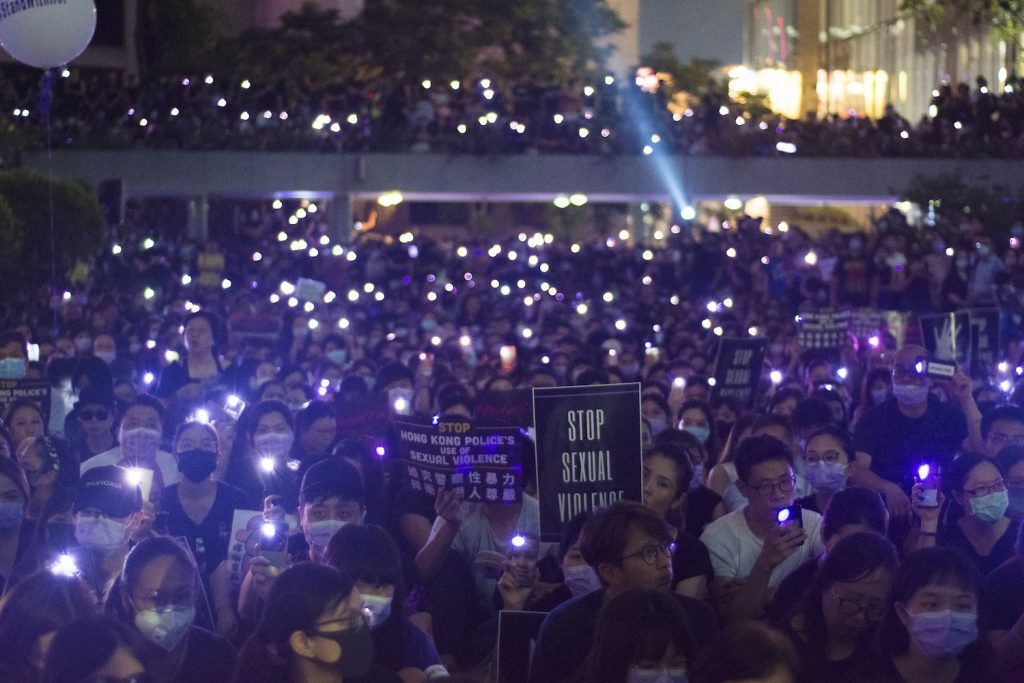
This brutal reality has generated in recent weeks a “sixth demand”: dissolve the Hong Kong Police Force (HKPF). It is not yet clear what this dissolution would entail—abolition or reformation—but the HKPF, often lauded as “Asia’s finest,” up until this summer enjoyed the public’s robust goodwill and trust. This seems to belie the fact that Hong Kong is not only the fifth most heavily policed territory in the world but also records the highest rate of incarcerated women. While the sixth demand may appear to have developed in organic reaction to rampant police violence, the positive reception of police in Hong Kong history may conversely signify the radical nature and potential of such an abolitionist objective.
These protests that have upended Hong Kong for the past four months did not just spring up ex nihilo. Hong Kong has long been a site of PRC’s focused insecurity about the slipperiness of its control, an anxiety that also encompasses Taiwan, Tibet and, most recently, the forceful subjugation of East Turkestan (Xinjiang) through a vast matrix of surveillance, detention and genocide. From the Greater Bay Area megapolitan project to unrelenting hegemony in Southeast Asia and Africa through the Belt and Road Initiative, the unificatory violence of Han Chinese centrism also dovetails directly with the expansionist project of the PRC. This escalation of strongman politics is part of Xi Jinping’s rollback of years of liberal reform under his predecessors Jiang Zemin and Hu Jintao in order to consolidate his own authority. News to no one in Hong Kong, Xi is only speeding up an already creeping program of CCP repression against the city’s promised semi-autonomy.
The protracted turmoil over a single bill is underwritten by a long history of protests over similar encounters with tyrannical legislation: the attempted introduction of a draconian National Security bill (Article 23) in 2003, which drew what was then one of the highest protest turnouts in the city’s history at half a million, and a “Moral and National Education” reform program in 2011–2012 that was denounced by critics as the CCP’s attempt at “brainwashing and political indoctrination.” In 2014, proposed electoral reform that reaffirmed the Central People’s Government’s prerogative to pre-screen candidates for administrative leadership precipitated the Umbrella Movement. Some have already given “One Country, Two Systems” up for lost, sensing the PRC’s readiness to overstep its fragile bounds and the UK’s limited ability to defend the terms of the Sino-British Joint Declaration. In this new reality, it may be more accurate to turn our analytical attention instead to what Yiu-Wai Chu calls “One World, Two Systems.”
Hong Kong has always been enmeshed within multiple empires.
That US politicians across the political spectrum have lined up in support of Hong Kong through their promotion of the Hong Kong Human Rights and Democracy Act (HKHRDA) is predictable, given the “pivot to Asia” President Obama announced in 2011. It also highlights the re-emergence of a Cold War model of antagonistic geopolitics that imagines a battle between two superpowers—except this time between the US and the PRC. This pivot is exceptionally ironic considering it was US President Jimmy Carter and CCP Chairman Deng Xiaopeng that normalized relations in 1978 because both leaders wanted to open the PRC for trade and thus massive capitalist accumulation. Carter called this his “China card,” by which friendly relations with the PRC could be used to apply pressure to the USSR on issues such as arms control. This bargain spelled the end of any real socialist project in the PRC. In this moment, broad bipartisan support for the HKHRDA reveals the same strategy at play, with the US this time applying the “Hong Kong card” against the PRC and its allies. Prominent activist Joshua Wong picked up on this “new Cold War” rhetoric, warning that lack of international support for Hong Kong could turn the city into the “next West Berlin.” The US’ penchant for political reversals, in addition to mutual US–PRC interest in putting open markets ahead of workers, should be a clarion call to skeptics and protesters alike to refuse a retrenchment in binarism and the use of entire peoples as bargaining chips.

Photo: Alex Yun for Lausan.
And yet, this binary nationalist worldview has found great purchase in numerous diasporic sites in Australia, Europe, and North America, particularly on college campuses. These conflicts between Hong Kong and PRC nationalists frequently involve trading insults and sometimes physical blows. The transpacific travel and inevitable collision of nationalist fervor forcefully highlight where we are now: the reality of advanced globalization is the deep entanglement of the US with not only China but also Hong Kong, a reality in which the ongoing US–China trade war is only the latest example. We should see this not as US-centrism but as its provincialization. Issues and locales once distant and illegible to the majority of Americans have turned up right on their doorstep, which has resulted in some quarters in an intensified resurgence of “Yellow Peril” discourse: Chinese American scholars have worried about the impact of US paranoia around foreign influence and espionage, as several scientists with ties to the PRC were expelled from a medical research center this year while visas for PRC students and researchers have considerably decreased.
PRC capital and access to Chinese markets have certainly ensured political, moral and “emotional” compliance in corporations across the globe with remarkable consistency. Most recently, the NBA courted a firestorm when Darryl Morey, general manager of the Houston Rockets, tweeted, “Fight for Freedom. Stand with Hong Kong.” Blizzard, the multi-billion dollar US-based gaming titan, also incurred PRC nationalist wrath when a Hong Kong esports player voiced support of the protests. Evidently, intertwinement with Chinese capitalism also codifies a non-negotiable alignment with the CCP. Here, the shorthand “Chinese money” condenses a Sinophobic racism already exacerbated by decades of North American real estate and government collusion with PRC capitalists looking to stash wealth in property overseas. At the same time, this otherizing tendency also underpins persistent currents of anti-mainland nativism in Hong Kong, the abusive exclusionism of which has sometimes manifested in the 2019 protests.
It is understandable in light of Hong Kong’s enduring inextricability with inter-imperial manipulation that alternatives to interventionist solutions can be difficult to enact. That Hong Kong, for example, relies on the PRC for the vast majority of its food and water explains why some would resort to seeking the help of one superpower in confronting another. And yet, appealing to the US to act in any other nation or people’s interests other than its own has proven to be ineffectual time after time. One need only recall the US disavowal of Taiwan in the Carter-Deng deal in the late 70s, or look toward the Trump administration’s abandonment of the Kurds in Rojava in the face of Turkish invasion, to see that entrusting one’s fate to the US is a losing game.
But this is a game of competing realities: for protesters, the gamble of US protection is worth the risk in the face of decades of PRC subjection; for the US, the recognition of its economic entanglement with the PRC is mixed with a deep-seated anti-Communist Sinophobia. Hong Kong has always been enmeshed within multiple empires, whether it was between the British and the decaying Qing empires in the 19th century or, after the Second World War, among the British, the CCP, and the US, which increasingly asserted its policy and military needs upon both Britain and Hong Kong. The city’s existence as a bargaining chip was illustrated in dramatic fashion in 1960, when the British attempted to extract a promise of defense assistance from the US in the face of a possible CCP invasion of Hong Kong. (The US, refusing firm commitment, eventually settling on a policy of rumor by implying a willingness to launch nuclear strikes on mainland targets as a deterrent to invasion.)[2]
Entrusting one’s fate to the United States is a losing game.
This existential stuckness and its production of semi-autonomous conditions hinge on a set of colonial-era negotiations, a table at which no Hongkongers were given a seat. The transformative potential in the months-long protests is precisely its quasi-insurrectionary character: the renunciation of a “big stage” (designated political leaders), the organization into freely associating affinity groups, the refusal to negotiate, and attacks on targets of class ressentiment all presage precisely the possible dissolution of binarism and elite state-level politics. Thus, if Hong Kongers are to take anything from this renewed Cold War rhetoric, it should not be to invite more intervention but to refuse being the “card” or the bargaining chip of the superpowers.
Many of the most innovative protest tactics, including the “Be Water” ethos that centers mobility over occupation, have been adapted by other contemporaneous movements from Indonesia to Catalonia to Atlanta, decisively mapping the Hong Kong site of resistance onto an ongoing wave of concurrent international uprisings. Against the containment of its pathbreaking dynamism within a single local context, the portability of these tactics paradoxically highlights Hong Kong’s extraordinary resourcefulness just as it de-exceptionalizes its anti-government struggle. Instead, the dissemination of strategy opens new pathways that link together workers across the world under shared conditions of struggle in an age of ever tightening neoliberal austerity and capitalist hyper-exploitation.
While the protesters continue the struggle on the ground, the future of the movement remains uncertain in the face of an endlessly arrogant Lam administration and a patient, resource-heavy Xi regime. What we can be sure of is that succumbing to the renewal of Cold War rhetoric narrows considerably our avenues for insurrection and, as ever, works only in the service of the elites. Heterogeneous uprisings occurring this very moment across the globe, including Egypt, Chile, Ecuador, West Papua, and Paris, of which Hong Kong is but one node, demonstrate precisely that the reimposition of a binary worldview has been and will be constantly challenged, and that that challenge has always come from below.
Footnotes
[1] qtd. in Purbrick, Martin. “A Report Of The 2019 Hong Kong Protests.” Asian Affairs, October 14, 2019, 6-7.
[2] Tracey Steele, “Hong Kong and the Cold War in the 1950s.”Roberts, Priscilla, and John M. Carroll, eds. Hong Kong in the Cold War. Hong Kong: Hong Kong University Press, 2016, 114-115.
